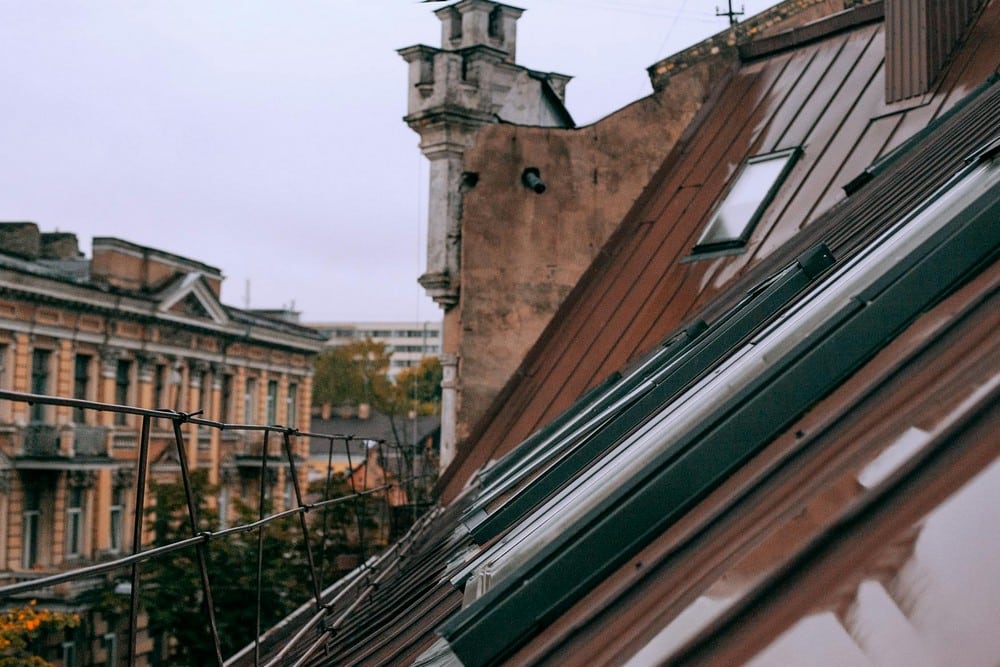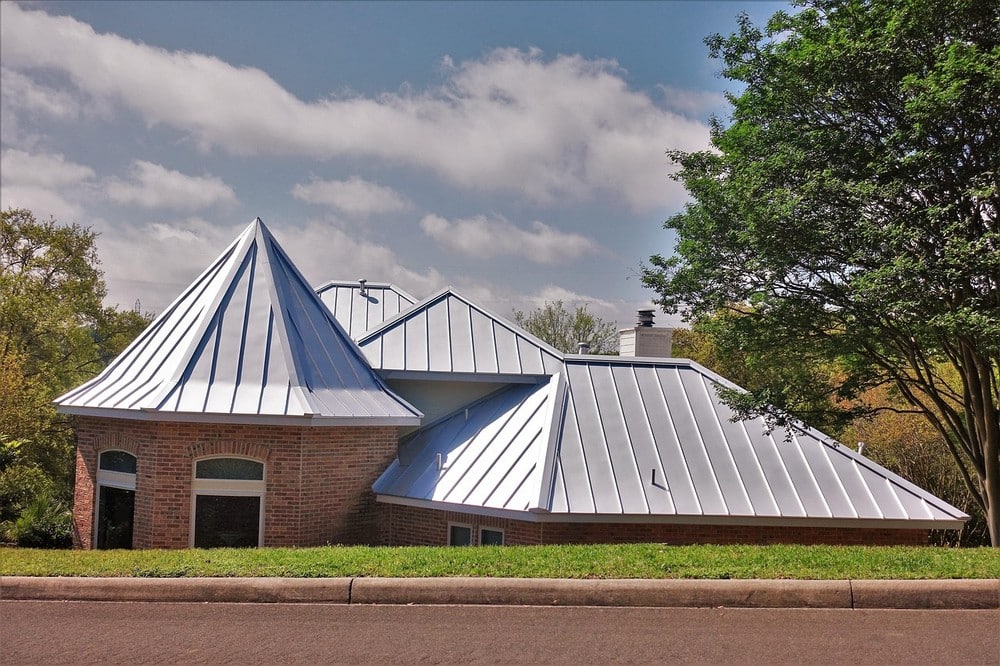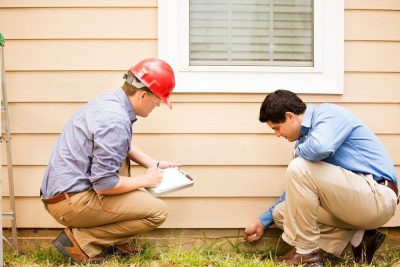Maintaining a metal roof requires careful attention to various factors, ranging from weather elements to mechanical issues. Metal roofs stand out for their longevity and durability, making them an investment worth protecting.
Regular maintenance can prevent costly repairs and extend the lifespan of the roof significantly. The following sections offer effective strategies for preserving metal roofing, making sure it serves you well for an extended period.

The Importance of Regular Inspections
Conducting regular inspections is the foundation of maintaining a metal roof. A systematic check enables homeowners to spot early signs of deterioration, which could lead to major issues if left unaddressed. During these inspections, pay attention to areas susceptible to wear and tear, such as seams, fasteners, and flashing. In particular, checking for rust and corrosion can prevent further damage.
If these issues are identified, contacting a professional is advisable. Often, a metal roofing company can perform maintenance and repairs efficiently, preventing future complications. It’s crucial to document any findings during inspections, so there’s a clear record of when issues arise and how they were resolved.
Performing these inspections seasonally, especially after severe weather, can catch problems before they escalate. Look out for pooling water, as even on metal roofs, this can signal drainage issues that may lead to leaks. Consistency in your inspection routine ensures long-term roof integrity and saves on costly repairs down the line.
Keeping the Roof Clean
A clean metal roof not only looks appealing but also contributes to its longevity. Accumulated debris, such as leaves and twigs, can trap moisture and lead to corrosion or rust over time. Regularly removing this debris lowers the risk of creating a breeding ground for mold and algae.
In addition to organic materials, pollutants and dust can settle on the roof surface, necessitating cleaning. Utilize a broom or leaf blower to clear off debris. For tougher grime, a power washer can be effective, but it should be used with caution to avoid damaging the roof. Use a mixture of water and mild detergent for manual cleaning if necessary, which can help remove any stubborn stains without harming the roofing material.
Sealing and Coating Options
Applying a sealant or coating on your metal roof serves multiple purposes, from enhancing protection against the elements to improving the roof’s appearance. Over time, the initial protective finish may deteriorate, making new sealing crucial. Look for high-quality products designed specifically for metal roofing, and aim for a fresh application every five to ten years, depending on environmental exposure.
Some sealants offer additional benefits, such as reflective properties that can reduce energy costs. Reflective coatings help maintain a cooler roof temperature, which ultimately reduces the strain on cooling systems in the attic. Selecting a reputable product can greatly contribute to the longevity of your roof. Inquire with roofing experts to determine the best options tailored to your specific needs.
Addressing Rust and Damage Promptly
Rust, a common issue for metal roofs, can lead to significant structural damage if not addressed immediately. It’s vital to treat rust spots quickly and effectively. Start by removing the rust using a wire brush, sandpaper, or a rust remover specifically designed for metal. After removal, ensure the affected area is primed and painted to restore the protective barrier.
In some cases, deeper metal damage might necessitate patching or panel replacement. Monitoring these areas rigorously during inspections allows for timely action. Promptly addressing these concerns can significantly increase your roof’s lifespan and prevent further issues.

Proper Ventilation and Insulation
Effective ventilation and insulation play crucial roles in maintaining the integrity of your metal roof. Proper airflow prevents heat buildup in your attic, which can inadvertently affect the roof’s performance. If your home is poorly ventilated, high temperatures can cause moisture and heat buildup that stresses the roofing materials.
Invest in attic ventilation solutions such as ridge vents or soffit vents to facilitate better airflow. Quality insulation systems can complement this effort by minimizing heat transfer, further protecting your roof from the elements. Regularly check insulation effectiveness and replace it if signs of wear or damage become apparent.
Maintaining a metal roof goes beyond simple upkeep. It demands a combination of inspections, proactive measures, and timely repairs to ensure its durability. These efforts not only preserve the roof’s performance but also enhance its aesthetic appeal. Taking steps to ensure your metal roof lasts includes seeking professional assistance when necessary. From routine inspections to the application of protective coatings, investing time and effort into this process pays off in the long run.








